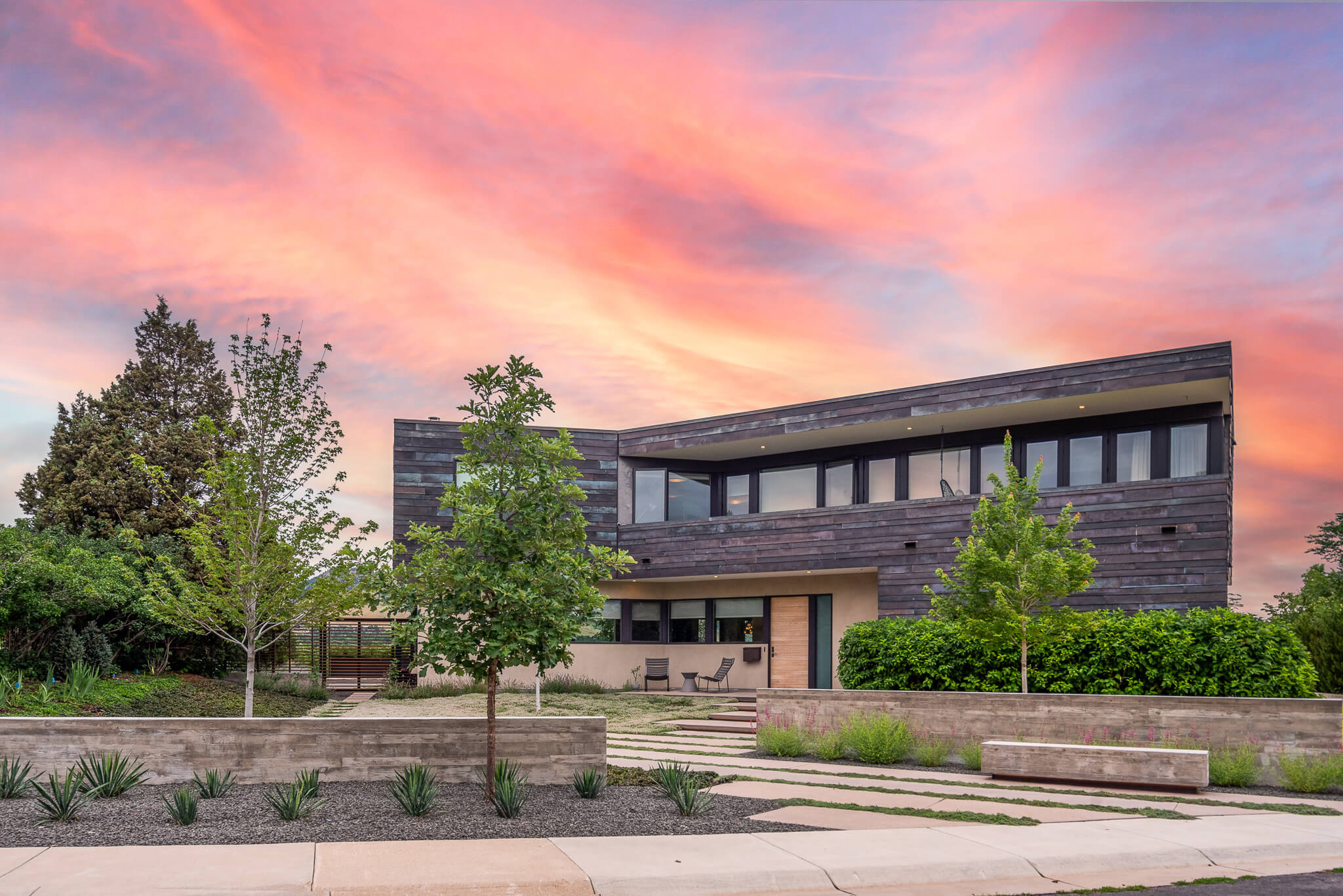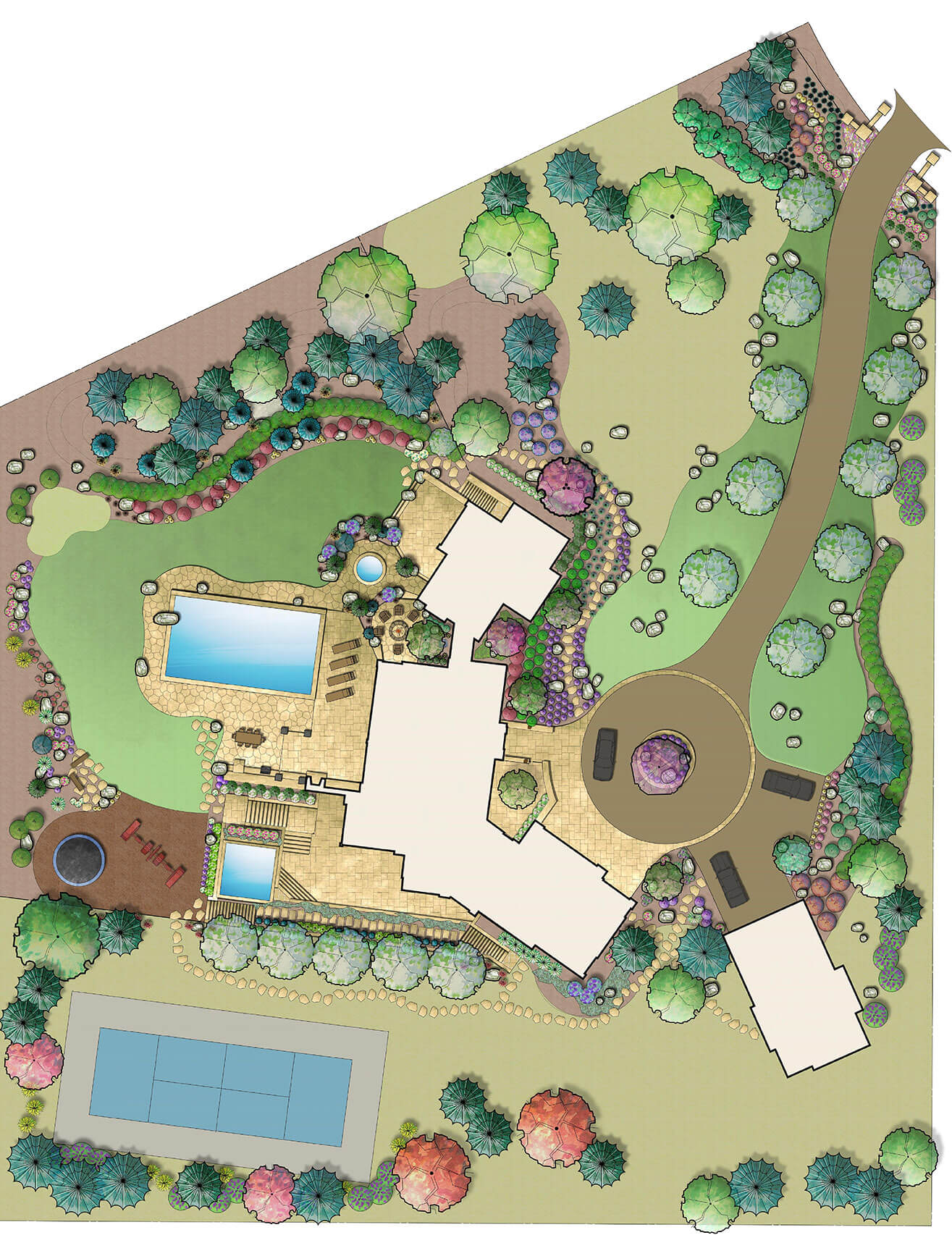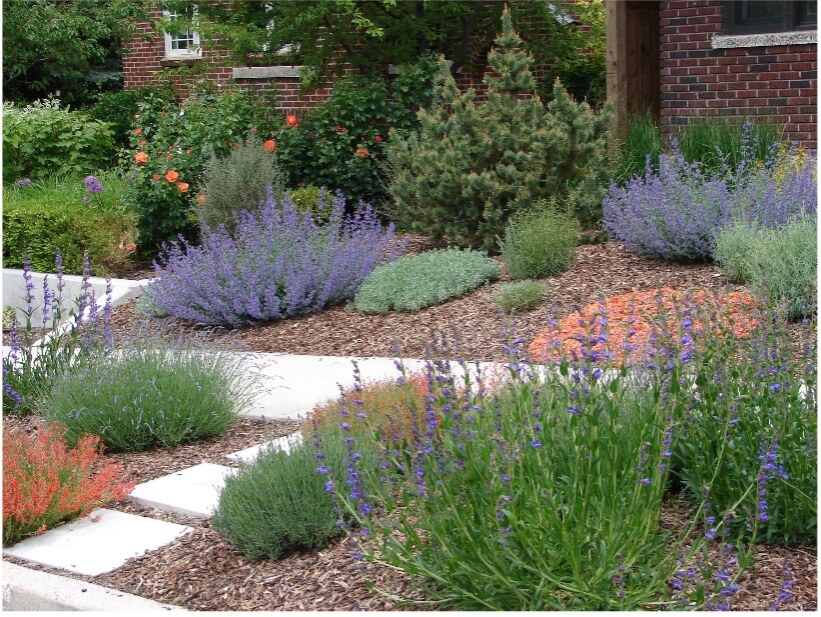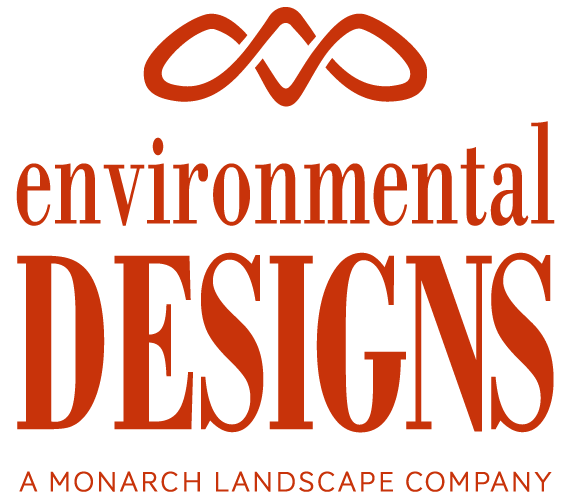
How to Plan Landscape Design
Designing a high-quality landscape can be a daunting task, from determining the best terrain to addressing poor drainage. However, with the right expertise and understanding, you can overcome these obstacles and achieve your desired results. And that’s what you’re going to learn from this post. You’ll learn all about landscape design, what it is, and what’s involved.
In understanding landscape design, you must know that every property and yard is different in size, location, terrain, and other attributes that make them stand out. Therefore, the ideas and options that may work well for one property may not work well for another.
For instance, many homeowners love to create outdoor living spaces that serve as an extension of their indoor living spaces. However, the size and location of a property can significantly influence the design and functionality of an outdoor living space. For instance, a property in a cold climate may not be suitable for an outdoor kitchen or a swimming pool, while one in a warm one may be perfect for such amenities.
So, if you want to plan your landscape design, this post is for you. You’ll learn how to effectively design your landscape and how to choose what’s best for you based on the uniqueness of your property, among other things.

What Is Landscape Design?
Landscape design is the arrangement and modification of landscapes, urban areas, or garden features. It entails the creation of urban and rural landscapes through the planning, designing, and management of open spaces.
A well-executed landscape design increases the enjoyment of a home and the actual square footage of precious usable space. With careful planning and expert installation, outdoor living areas may be a good investment. A well-designed outdoor space can attract people to the site and improve the property’s value.
Types of landscaping styles: ideas
These are the types of landscaping styles you can choose from.
Tropical
You don’t have to travel to Seychelles before you enjoy that perfect tropical landscape experience. Tropical landscapes typically have lush greenery, colorful flowers, and a relaxed, natural atmosphere. So you can create one for yourself. All you have to do is:
- Choose the right plants that thrive in that climate, like palm trees, bamboo, hibiscus, etc.
- Create layers of plants to add depth and texture to your tropical landscaping.
- Incorporating water features like fountains and ponds adds to the tropical vibe.
- Natural materials like wood, stone, and bamboo create an inviting atmosphere.
- Bask in the comfort of your landscaping and create a cozy sitting area. Consider using a hammock, outdoor lounge chairs, or a dining table with tropical-themed tableware to create a cozy and inviting space.

Woodland
Creating a woodland landscaping style at home can be a beautiful and rewarding project. This style perfectly mimics a forest’s natural beauty and serene atmosphere.
To create it, you have to:
- Choose the right location. Shaded areas that receive minimal sunlight are the best for woodland landscaping.
- Use the right materials, such as stones, boulders, etc. They’ll create a natural feel and look for your landscape.
- Choose the right plants that fit the climatic conditions.
- Use natural colors to add the needed pop of color to the landscape.
Prairie
Creating a prairie-style landscape at home is a great way to celebrate the beauty and diversity of natural grasslands.
To create one:
- It would be best if you researched the native plants native to your region. Your local garden center is your go-to person for this. A quick online search can also help you choose the right plant and soil.
- Prepare the soil. Prairie plants thrive in well-drained soil, rich in organic matter. Adding organic matter to your soil may be necessary to establish optimal plant growth conditions.
- Use the ideal spacing. Prairie landscapes are best achieved with a mix of grasses and wildflowers planted in a naturalistic pattern. You can use a mix of tall and short plants to create a layered effect that mimics the diversity of the prairie ecosystem.

Desert
You can transform your house into an oasis in the desert by opting for a drought-tolerant landscape.
To achieve this:
- It would be best to choose the right plants. Generally, plants in this landscape can thrive in low-water environments and withstand hot, dry conditions. So, you’ll look at plants like cacti, succulents, agave, yucca, and desert shrubs.
- Use the right materials. These could range from sandstone or slate pavers and gravel walkways to adobe or stucco walls. They complement the desert feel of the landscape.
- It would be best to design your landscape to minimize water usage. You can use drought-tolerant plants, install efficient irrigation systems, etc.
- Use the perfect decorative elements such as sculptures, boulders, and other natural features that can enhance the beauty of your outdoor space.
English Garden
An English Garden landscape is a delight for those who love a blend of formality and informality.
To create one:
- Define the space. This can be done using natural materials to create borders, pathways, or garden beds. The space should allow movement and flow while creating a sense of privacy and intimacy.
- English Gardens typically feature a variety of plants, including flowers, shrubs, and trees. So, choose the right plants. Some popular choices include roses, lavender, hydrangeas, and boxwood.
- Add layers of plants to add depth and dimension to the landscape.
- Include hardscaping features such as water features, benches, and trellises to add visual interest and provide a place for relaxation and contemplation.
- Maintain the garden to keep it looking beautiful and healthy. This includes regular watering, fertilizing, pruning, and weeding.
Consider your goals for the space when selecting a landscape design, such as play areas or sustainability. Check zoning regulations and climate suitability. A professional landscaper can help create a functional design for your needs. That’s where we come in.
Principles of Landscape Design
Here are the principles of landscape design that can assist you in creating an aesthetically pleasing landscape:
Unity
Put simply, unity in design refers to the idea that all elements in a landscape work cohesively to create a cohesive and appealing overall design. To measure unity, the five landscape design principles must have been correctly applied throughout the landscape. Colors, shapes, sizes, textures, and other elements create a unified space. Patterns and colors are frequently repeated. Lighting, special features, bed shapes, and hardscapes must all work together to create a pleasing appearance and a unified landscape. Adhering to these design principles will make creating a visually appealing landscape in any space seamless.
Balance
Balance is a way of being as well as seeing. We feel most at ease in landscapes that have a sense of balance. There are two main types of balance in design: symmetrical and asymmetrical.
- Symmetrical balance is used in formal landscapes. It is rather stiff in appearance and is highly maintained. On the other hand, asymmetrical balance is relaxed and free-flowing.
- While these principles were not developed by artists centuries ago, they are a natural visual sense most people have. So as a landscape designer or homeowner, using these guidelines is sure to assist you in creating visually appealing landscapes.
Focalization
There’s hardly any great design without a focal point– where the viewer’s eye is first attracted. In any given view, the focal point is the most powerful element in the design. The front door is frequently the focal point of a house. The landscape focal point is often close to the front door to enhance the home’s entrance.
As a landscape designer, you’re advised not to overuse focal points to create a visually appealing landscape that won’t overwhelm the senses. Most people are attracted to interesting art forms. Be creative with it, and you’ll create interesting focal points.
Simplicity
Keeping things simple is a key principle in creating great landscape designs. This isn’t the opposite of complexity. Many landscapes have complex features, from architectural designs to water features, but they’re still very good.
When designing your landscape, be creative but keep things less cluttered and avoid too many shapes, curves, and textures. By doing so, you’ll be sure to create a visually appealing design.
Rhythm and Line
Rhythm is established when something in the landscape is repeated with a standard interval. When it comes to landscape design, the term “interval” typically refers to the spacing between objects or features in the design.
To create a sense of rhythm in landscape design, designers often repeat certain elements like plants, groups of plants, benches, lamp posts, or other structures throughout the design.
The lines created by the shape and layout of planting beds, sidewalks, and other hardscaping features in a landscape design can evoke a sense of movement and flow. This rhythm and line design principle can be visually engaging and even draw you into the landscape, making it a peaceful and calming space.
Proposition
The size relationship between different landscape features is known as “proportion.” This includes the vertical, horizontal, and special relationships between these features. Because people perceive space differently, proportion in landscape design considers factors like building size, lot size, plant size, planting areas, open space, and how the landscape will be used.
Things to Consider When Planning Landscape Design
To achieve a landscape design that is successful and satisfying, there are several factors that you must take into consideration.
Some key things to consider include the following:
Site Analysis. A thorough site analysis is the first step to having a great landscape design. It involves a detailed assessment of the soil type, sun exposure, slope, drainage, and existing vegetation. This analysis helps determine the appropriate design elements, plant selection, and placement.
Functional Requirements. It is important to know the functional requirements of the outdoor space, including the activities that will take place in the space, such as entertaining, gardening, or relaxing. This will influence the size and layout of the outdoor space.
Style and Aesthetics. The landscape design style and aesthetics should complement the home’s architecture and reflect the homeowner’s taste. Also, the surrounding natural environment and any existing structures, such as walls or fences, should be considered in the design.
Plant Selection. When it comes to selecting plants, the climate and soil conditions, as well as the desired aesthetic effect, must be considered. Plants can be selected based on foliage, flowers, texture, and seasonal appeal. It is also critical to consider their ongoing maintenance and potential growth.
Hardscape Elements. Patios, paths, retaining walls, and water features are examples of hardscape elements that can improve the functionality and aesthetics of outdoor space. These elements should be carefully designed to blend with the surrounding landscape while meeting the homeowner’s needs.
A comprehensive plan meets homeowner’s needs, aids budget management, and ensures timely completion. A well-thought-out design ensures that all elements are carefully considered and integrated, resulting in a unified and functional outdoor space. It also lets the homeowner see the finished product and make necessary changes before the installation begins.
Design Tips
Discover Contrasts in Eastern and Western Design Styles
Knowing the difference between the Eastern and Western design styles is important in making the best landscape design for you.
Eastern designs are typically harmonious and feature ponds, streams, waterfalls, etc. They also use rocks and stones to create a sense of stability and permanence. They also have a limited color palette, emphasizing shades of green, gray, and brown.
In contrast, Western landscape design tends to be more formal and structured. Their colors are also a riot of colors, with a wide range of flowers, foliage, and other elements that create a vibrant and dynamic visual experience.
Once you understand each style’s principles and peculiar characteristics, you will be confident to bend the rules and mix elements from both.
Know the Purpose of Your Landscape
Every garden or outdoor space has a specific function or set of functions, and understanding these functions is crucial in designing a landscape that meets your needs.
Are you looking to create a tranquil retreat to unwind after a long day? Or do you want a space for outdoor entertaining and hosting family and friends? You may want to create a wildlife habitat that attracts birds, butterflies, and other critters.
Once you have determined the purpose of your landscape, you can begin considering the elements that will assist you in achieving your objectives. This might include selecting plants that attract certain species, designing outdoor seating areas or garden rooms, or installing features such as water fountains or fire pits.
Define the Boundaries of the Landscape
When designing the boundaries of a landscape, it’s important to consider the overall style and aesthetic of the space.
For example, a formal garden may require more structured boundaries, such as clipped hedges or symmetrical walls. In contrast, a more naturalistic garden may benefit from a more fluid boundary, such as a meandering path or a planting bed.
Understand the Unique Characteristics of Your Property
Understanding your property’s unique characteristics is essential before creating a plan. These characteristics include topography, soil type, climate, sun exposure, and existing vegetation.
By understanding these factors, you can make informed decisions about the types of plants, materials, and features that will thrive and be most suitable for your property. For example, consider terracing for erosion control measures if you have a steep slope. If your soil is mostly comprised of clay, adding organic matter may be necessary to enhance drainage and fertility.
By taking the time to analyze and understand your property, you can create a landscape design that is not only beautiful and visually appealing but also practical and sustainable.
Maximize the Benefits of Borrowed Views
Borrowed views refer to using existing natural or built features outside your property that can be seen from within your landscape. These features include mountains, rivers, buildings, or other natural or artificial elements.
Incorporating borrowed views into your landscape design allows you to add depth to your property and expand its visual space. These views can also frame and highlight specific areas of your landscape, creating a focal point or emphasizing a specific feature.
To get the most out of borrowed views, carefully plan the placement of your outdoor living spaces and landscaping elements. For example, if you have a beautiful view of a mountain range, you should position your patio or seating area so that you can enjoy it. Trees and other plants can also frame the view and add texture and color to your landscapes.
What’s Next?
After the planning phase, the next phase would be the construction phase. This is the stage where the design plan developed during the planning phase is brought to life.
During the construction phase, the various elements of the design plan are constructed, installed, or planted. This may include installing hardscape features such as retaining walls, patios, and walkways, as well as plants and other soft scape features such as trees, shrubs, and flowers. A contractor or construction team typically manages the construction phase and will work closely with the landscape designer to ensure the design plan is implemented correctly. During this phase, the designer will also make site visits to ensure that the construction is progressing according to plan and to address any issues that may arise.
Once the construction is complete, the designer will conduct a final site walkthrough to ensure everything has been installed correctly and the finished product matches the design plan. The designer may also guide maintenance and care for the landscape to ensure it continues to look its best over time.
If you’re curious about the process of a typical landscape design project, from planning to completion, you can explore our latest blog post about our latest award-winning design/build project.
Need Help from Landscape Professionals?
Environmental design is crucial to creating a functional, aesthetically pleasing space that meets the needs of its users. We specialize in assisting you to bring your designs to life by providing a comprehensive design plan incorporating your vision, budget, and timeline.
Our knowledge encompasses landscape design, interior design, and architecture. We take pride in our commitment to environmentally friendly design practices and strive to incorporate them.
Contact us for a free quote! You can find us at our main office in Brighton or any of our offices in Northern Colorado, or Castle Rock to learn more about how we can assist you in realizing your vision.
FAQs
What is the most profitable part of landscaping?
Landscaping is a profitable business with high profitability in custom landscapes, hardscaping, maintenance contracts, and specialized services.
What are the four stages of landscape planning?
The four stages of landscape planning are:
- Assessment: This involves assessing the current state of the landscape
- Analysis: This involves identifying the existing conditions and potential issues of the landscape
- Design: This involves creating a layout, selecting materials, and designing features
- Implementation: This involves all excavation, installation, planting, and maintenance activities
What should you not do when landscaping?
Landscaping experts recommend:
- Not to plant invasive species
- Overplant
- Neglect maintenance
- Ignore local regulations
- Underestimate the cost
- Use harmful chemicals
- Ignore the climate
- Choose plants and trees that are not well-suited for your climate.
Is there a free app for landscaping?
Several free landscaping apps are available on both the iOS and Android platforms. These include:
- iScape: This allows you to upload a photo of your outdoor space and add various landscaping elements, such as plants, trees, and hardscapes.
- Gardenize: This helps you keep track of your plants, gardens, and outdoor projects with features like a journal, to-do list, and plant encyclopedia.
- My Garden provides gardening advice and inspiration with articles, photos, and videos.
- SmartPlant provides personalized plant care advice based on location, climate, and plant preferences, with a database of over 20,000 plant species.
- Garden Planner helps you design and plan your garden layout with features such as a drag-and-drop interface, a plant library, and a seasonal planner.

